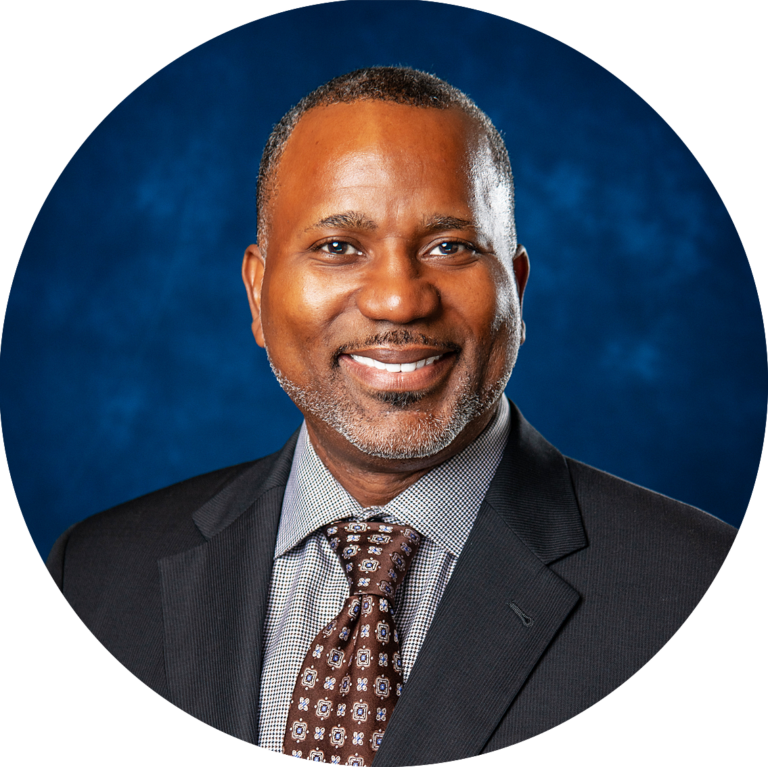Houston HISD Board Meeting Recap 2.08.24
The HISD Board held their February regular board meeting on February 8, 2024. Here’s a recap of the highlights.
The Board engaged in deep discussion of student access to college and career readiness programming. It’s clear that members want to make sure barriers preventing students from accessing these opportunities are identified and addressed by the District.
One specific barrier the District will have to grapple with long-term is inequity of facilities from campus to campus. To ensure underserved communities have access to strong career and technical education programs, the district will need to make a large investment to provide appropriate facilities.
The administration provided detailed information about their strategy to increase college and career readiness. However, given the attainment gaps some student groups are facing, we encourage the district to share targeted strategies at board meetings to promote public understanding of student supports.
BOARD VOTES
All agenda items were approved unanimously.
Agenda Item | In Favor | Opposed |
Goal Progress Monitoring Report | 8* | 0 |
Consent Agenda (All Other Items) | 8* | 0 |
*Board Member Mendoza was absent for these votes.
STUDENT OUTCOME SPOTLIGHT
College, career, and military readiness (CCMR) is on the rise in HISD, but achievement gaps persist.
The HISD Board focused their attention this month on CCMR, specifically 10th – 12th grade students who are on track to be Career and Technical Education (CTE) Completers and students who earn college credit by 11th grade. For more detail on those metrics, visit our agenda highlight blog.
Overall, middle-of-year (MOY) CCMR data show an increase in on-track status for almost all student groups for both college (14 percentage point increase) and career readiness (four percentage point increase).
Board Goal Progress Measure 3.2: The percent of 10th, 11th, and 12th grade students who are on-track to achieve CTE Completer status by graduation will increase from 34% in May 2023 to 49% in May 2028.
HISD is on track by MOY to meet its CTE Completer goal. To support continued growth, the District is in the process of implementing Foundational Programs of Study (FPS), which are standardized CTE program offerings. The FPS are based on a large analysis of career data focused on identifying high-wage, high-growth industries. Zoned schools will offer between two and four programs, depending on enrollment. HISD is a highly mobile district and these standardized programs will offer students who move schools a chance to complete their program of study.
Notably, the only student groups that saw a decline from MOY last school year to MOY this school year were students with disabilities (SWDs), emergent bilingual (EB) students, and students who identify as Pacific Islander. Pacific Islander students experienced a 14 percentage point decrease. Because this is such a small population in HISD, this could be just a few students in need of additional support from the District. While this was only a 1 percentage point decrease for SWDs, EB students faced a 5 percentage point decline. Both of these populations require specialized support and, considering the large number of EB students, warrant close attention and differentiated resources from the District.
Board Goal Progress Measure 3.3: The percent of 11th graders who qualify for college credit will increase from 33% in May 2023 to 48% in May 2028.
HISD has already exceeded its end-of-year (EOY) goal for students earning college credit. This is certainly a cause for celebration, but the District still has a long way to go with only 36% of 11th grade students on track for college credit. The district has implemented a new opt-out system for advanced courses to support college readiness. The new system will flag counselors when a student is qualified for advanced courses but does not sign up so that they can have a deeper conversation about their options. This system should provide meaningful opportunities for students but the District needs to ensure counselors have the capacity to engage students.
Looking deeper at the data, it’s clear that students of color and economically disadvantaged students are more likely to pursue CTE programming than college credit. While these courses are not mutually exclusive, this gap is still significant. The District must continue to ensure all students have access to both college- and career-focused courses.
Big Picture: All kids deserve to graduate with both college and career opportunities that can lead to post-secondary success. Middle of year data show HISD is on the right trajectory, but college and career readiness are still relatively low across the district, leaving plenty of room to grow.
BOARD DISCUSSION HIGHLIGHTS
Board discussion centered around access to career and college programs.

Adam Rivon: How do these targets close the gap? How is the work on the ground contributing to greater increases for students further behind?
Superintendent Response: When the administration put their progress measure tables together, they set higher growth targets for Black and Latino student groups to close achievement gaps. This means that while all of the targets are rigorous, they are focused on seeing more growth for students of color.
The NES program adds resources like teacher apprentices and learning coaches. It also uses a highly differentiated learning model. The Board should expect that these resources reflect higher growth for students of color.

Janette Garza Lindner: Does taking a CTE course prevent students from pursuing college-focused programming?
Administration Response: Students are able to take courses that prepare them for career and college at the same time. The District is working to increase exposure to career options earlier, even all the way down to kindergarten. CTE programs of study have compelling opportunities like capstone projects, internships, and externships that provide experiences for students that promote both career and college readiness.

Angela Lemond Flowers: Are there scheduling conflicts between college credit and CTE courses that prevent students from accessing both?
Administration Response: Master scheduling is complex and every high school is different. Central offices work closely with high school principals to look at their data and determine course offerings based on the percent of students eligible for courses and what students are interested in taking. They are also looking at CTE programs that could also count as dual credit.
Board members also highlighted other potential barriers to students’ ability to pursue CCMR opportunities.

Rolando Martinez: The current ratio for students to counselors is 250:1 at non-NES schools. How can they make sure all schools have the counseling support students need to ensure they are on track?
Superintendent Response:They look at the data centrally and can flag a subset of students for further support. To mitigate the high ratio, counselors can ensure they are spending their time with the students who need the most support. Additionally, central college/career advisors can be sent to campuses to help with specific scenarios.

Ric Campo: How does the quality of facilities impact CTE programming?
Administration Response: For the Foundation Programs of Study, they focused on areas that didn’t require large scale facility upgrades. This did prevent them from pursuing a construction focus but that was the only high-growth field impacted. However, they do have CTE inequity across the district, which must be addressed in the long haul. HISD will need a large investment down the road for some of our underserved areas.

Michelle Cruz Arnold: Are there any financial impacts for students that act as a barrier to college credit courses?
Administration Response: The District offers days where students can take the SAT for free. They also have a partnership with Houston Community College to provide credit courses for no fee.

Cassandra Auzenne Bandy: What do curriculum authors say about best practices for implementation?
Superintendent Response: Overall, curricula need to be implemented with fidelity. However, Superintendent Miles discussed specific changes that were deemed appropriate like modifying Amplify Reading curriculum to be less scripted and allowing teachers to make tweaks to fit their needs. Similarly for Carnegie and Eureka math curricula, more story-focused math problems were added. The high-quality base remains necessary but the district is being flexible.
Time Check: This month, the Board spent around 75% of their meeting time focused on student outcome monitoring, excluding time spent hearing from community speakers. While this meeting represents the bulk of the Board’s student-focused time for the month, the commitment to centering students is clear and promising.
Why this Matters: High-performing school districts have school boards that spend most of their time focused on student outcomes rather than operations. Lone Star Governance recommends boards spend at least 50% of their time engaged in student outcome monitoring.
